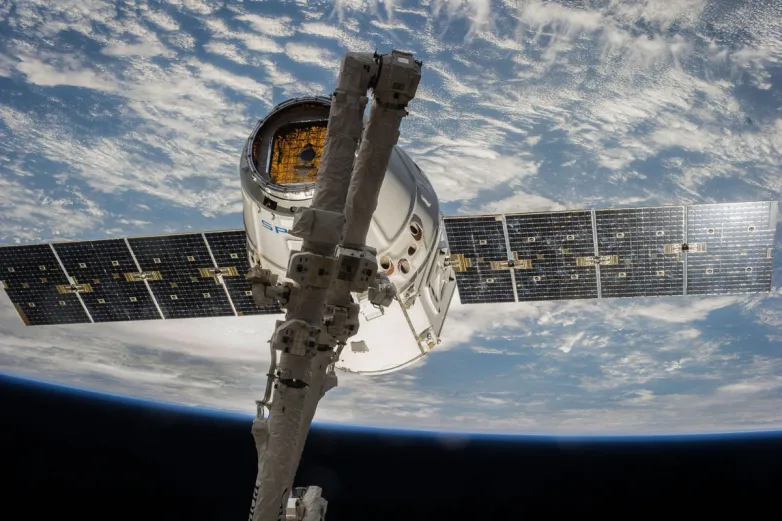Losing a few PV panels in space can cost millions of dollars
- European satellite operator Eutelsat has revealed one of the two solar arrays on its recently launched 5 West B satellite has been lost. Only 45% of the craft’s generation capacity can be operated, hitting the company’s bottom line to the tune of $5-10 million.

The European Organisation of Telecommunications by Satellite (Eutelsat) has completed an investigation into a malfunctioning solar array on its Eutelsat 5 West B craft, which was launched in October.
The Paris-based company said the loss of the south solar array – one of two on the satellite – has been confirmed, reducing the operational capacity of the craft to around 45%.
“Eutelsat 5 West B is fully insured against the eventuality of a partial or total loss by a launch-plus-one-year insurance [policy] for up to €173 million,” the European satellite operator stated. It added, loss of the solar array will result in a revenue hit of $5-10 million this fiscal year.
The bottom line
“The one-off cost of mitigation, mostly related to the re-pointing of ground antennae, will be between 0 and €10 million,” the company said.
Despite the setback, the satellite is expected to become operational this month and to function for its scheduled lifetime. No information was provided about the PV technology used for the affected array nor the reasons of its loss. An investigation into the failure was opened days after the launch.
Most spaceflight solar arrays feature expensive and ultra high efficiency III-V solar cells, so named in reference to the numbers of the groups they occupy in the periodic table.
A team at the U.S. National Renewable Energy Laboratory recently came up with a process to reduce the production cost of such highly efficient gallium arsenide cells. Chinese module manufacturer Jinko Solar has signed a memorandum of understanding with the Shanghai Institute of Space Power-Sources to jointly develop high-efficiency solar cell technology.
Also read
- Hyperparameter Tuning Good Practices for Robust Predictive Models
- JinkoSolar Nears 28% With TOPCon Efficiency Record
- Fast Prototyping Boosts Solar Efficiency and Sustainability
- Japan Tempers Perovskite Hopes, Plays the Long Game
- JA Solar’s interface hack pushes inverted perovskites to 26.7% efficiency

